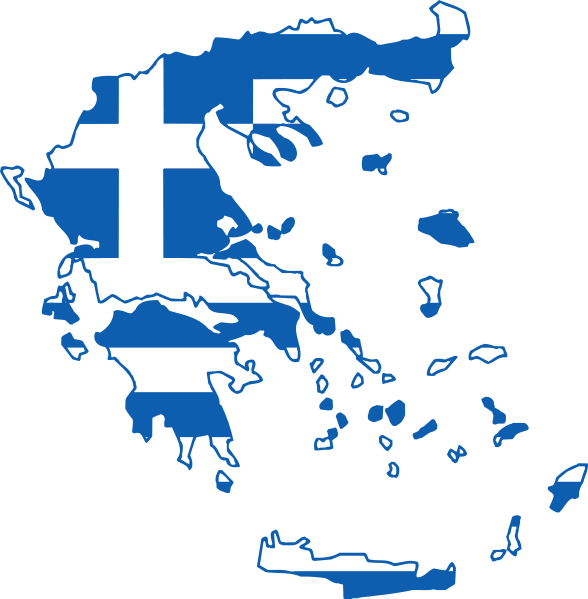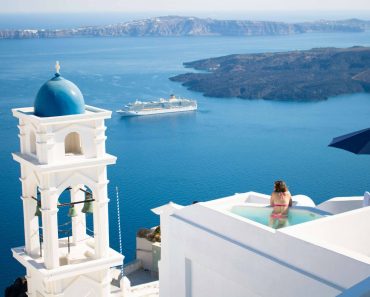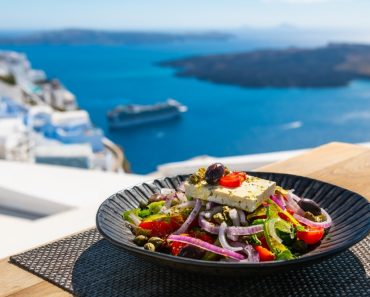Located in the Pella region, approximately 103 kilometers northwest of Thessaloniki, Pozar Baths sits amidst a wealth of natural and historical wonders. About 15 caves have been identified near the village of Loutraki, just 10 kilometers west of Aridaia, many of which are of geological, archaeological, and paleontological significance. This has led to the establishment of the Almopia Cave Park.

At the foot of Mount Voras (also known as Kaimaktsalan) and along the stream of Aghios Nikolaos, there are many caves and chasms that have been the object of study by researchers and speleologists for years. These caves have revealed evidence of life dating back thousands of years. Among the most notable finds is the upper jaw and left canine tooth from the fossilized skull of a large cave bear (Ursus ingressus), dating back to the Pleistocene epoch, approximately 120,000 to 10,000 years ago. Other discoveries include pottery from prehistoric and historical periods, tools, fragments of vessels, and even coral fossils.
Today, many of these artifacts are on display at the Museum of Natural History, located in the historic building that once housed Aridaia’s old railway station. Guided tours are available by appointment, Monday to Friday, 8:00-16:00 (Tel. (+30) 23843.502.21).

While the caves themselves are closed to the public, several trails wind through the Cave Park, offering glimpses of their enigmatic entrances. One such trail begins at Pozar Baths and meanders along the Loutraki Gorge, eventually leading to the picturesque Kounoupitsa Waterfall near the uninhabited village of Ano Loutraki. From there, another trail leads to Dobro Pole – also known as Kali Pediada (Good Plain) – a plateau at an altitude of approximately 1,500 meters. This peaceful area, dotted with small ponds, is a sanctuary for birdlife and an essential stop for nature lovers.
Exploring more natural wonders around Pozar Baths
To the south of Pozar Baths, near the village of Orma, lies another natural paradise: the Black Forest of Orma (Mavro Dasos), so named because its dense canopy of pines and beeches does not allow sunlight to break through. Another story links the name to the forest’s chestnut trees, while local legend has Alexander the Great’s troops making spears out of the forest’s wood.

When you arrive at Pozar Baths, be sure to visit the Folklore Museum of Loutra (open daily 8:00-16:00, entrance fee €2). The museum offers a fascinating glimpse into the everyday lives of the region’s past inhabitants through an impressive collection of traditional tools, clothing, and utensils.
After your hike or exploration, there’s no better way to unwind than by soaking in the thermal waters of Pozar Baths. (Tel. (+30) 23840.913.00, €3 for access to outdoor pools.) While private indoor baths are available, the outdoor experience is unparalleled. The large pool, along with smaller baths situated near a scenic waterfall, offer the unique opportunity to alternate between the warm waters and the refreshingly cold cascade, providing an invigorating and unforgettable experience.

Where to Eat
In Aridaia: Steki tou Kosma (Tel. (+30) 23840.244.09) serves perfectly grilled meats and hearty salads.
In the village of Lykostomo: Alatopipero (Tel. (+30) 23840.910.39) offers classic Greek taverna dishes, such as handmade spicy cheese dip (tirokafteri), pork belly and minced meat patties.
Near the village of Orma: At Kokkino Piperi (Tel. (+30) 23840.911.00), you can try traditional slow-cooked dishes like lamb in a clay pot or pork shank.
In Orma: Tavernaki tis Boubous (Tel. (+30) 23840.941.84) is known for its grilled steaks and stuffed meat patties.
This article appeared in Greece Is (www.greece-is.com), a Kathimerini publishing initiative.







